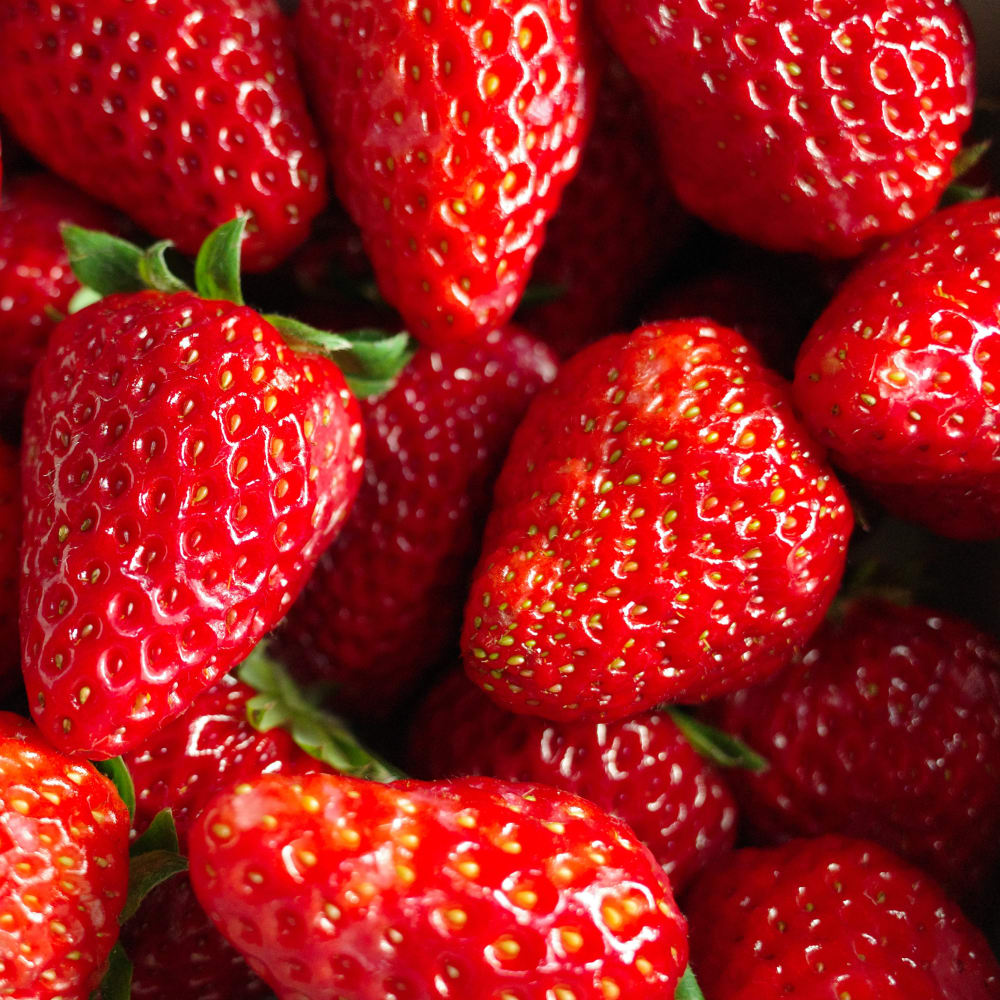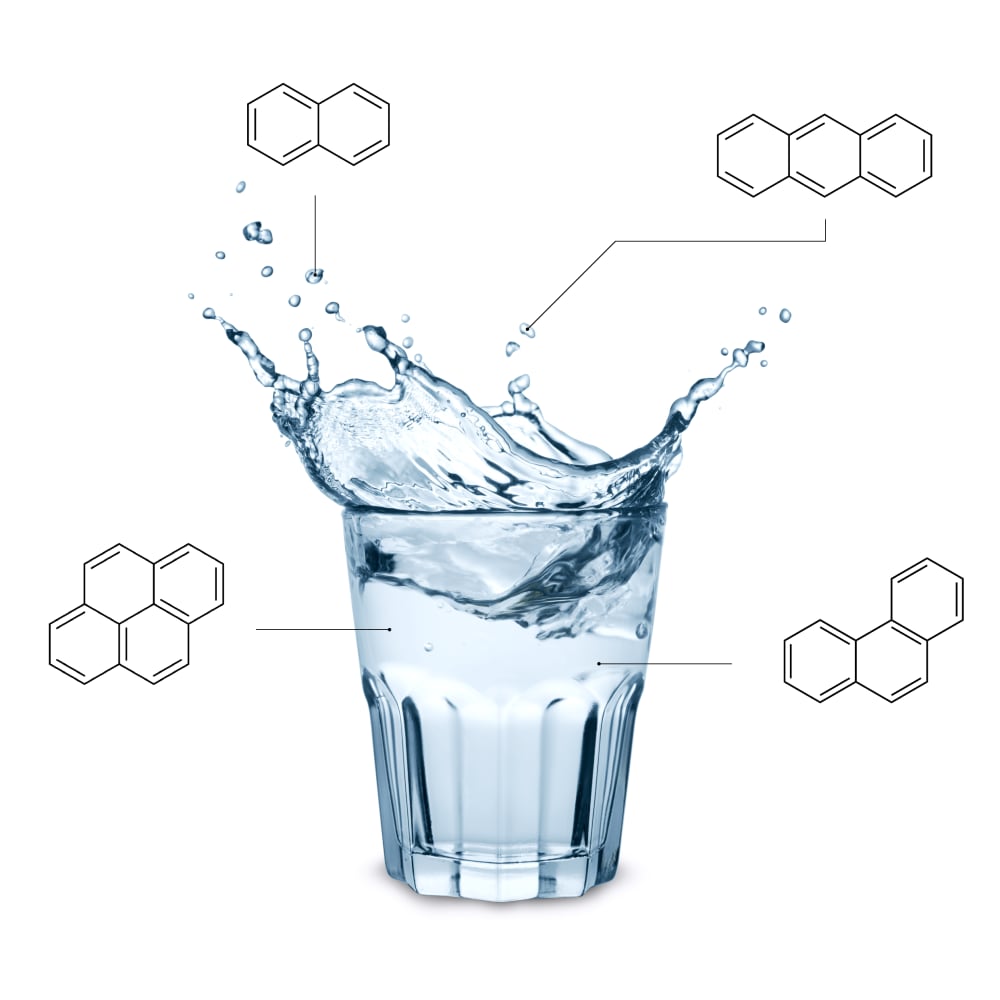Lyophilisation of strawberries
Lyovapor™ L-200: Freeze Drying of strawberries
We developed a freeze-drying method with optimized process time and residual moisture content for strawberries.

Lyovapor™ L-200: Freeze Drying of strawberries
Here, we developed a freeze-drying method with optimized process time and residual moisture content for strawberries.
Registre-se para fazer download
Instrumentos relacionados
Aplicações semelhantes
Lyophilisation of fresh banana slices
Freeze drying is a gentle form of drying and may be used to preserve foods without changing their appearance or taste. The freeze drying process includes the freezing of the food sample and subsequent applying a fine vacuum to the frozen sample. Under these conditions, the water in the food will sublimate, hence, the sample dries. In food applications, freeze drying is commonly used to make instant coffee and to dry and conserve fruits, vegetables or herbs.
Lyophilisation of truffles
Truffles are products with limited shelf life and their sensory properties are rapidly lost. Hence, the expensive fungi become less valuable within a few days. Losses of volatile compounds, oxidation and enzymatic reactions are a considerable problem during their storage. Furthermore, the aroma profile is commonly modified as a result of elevated temperature processes or enzymatic reactions. Freeze drying the fungi avoids loss and degradation of volatile compounds due to the low temperatures applied during drying. The aromatic profile of truffles are maintained. Freeze dried truffles can either be rehydrated or directly used in dry form.
Lyophilization of Giloy stem
In traditional Indian medicine, Giloy is one of the most useful ayurvedic herb. Freeze drying is evaluated as a drying method in order to preserve Giloy properties. Freeze drying is known to be one of the most appropriate method for the preservation of natural and biological materials thanks to the oxygen free environment and the low operating temperatures.






